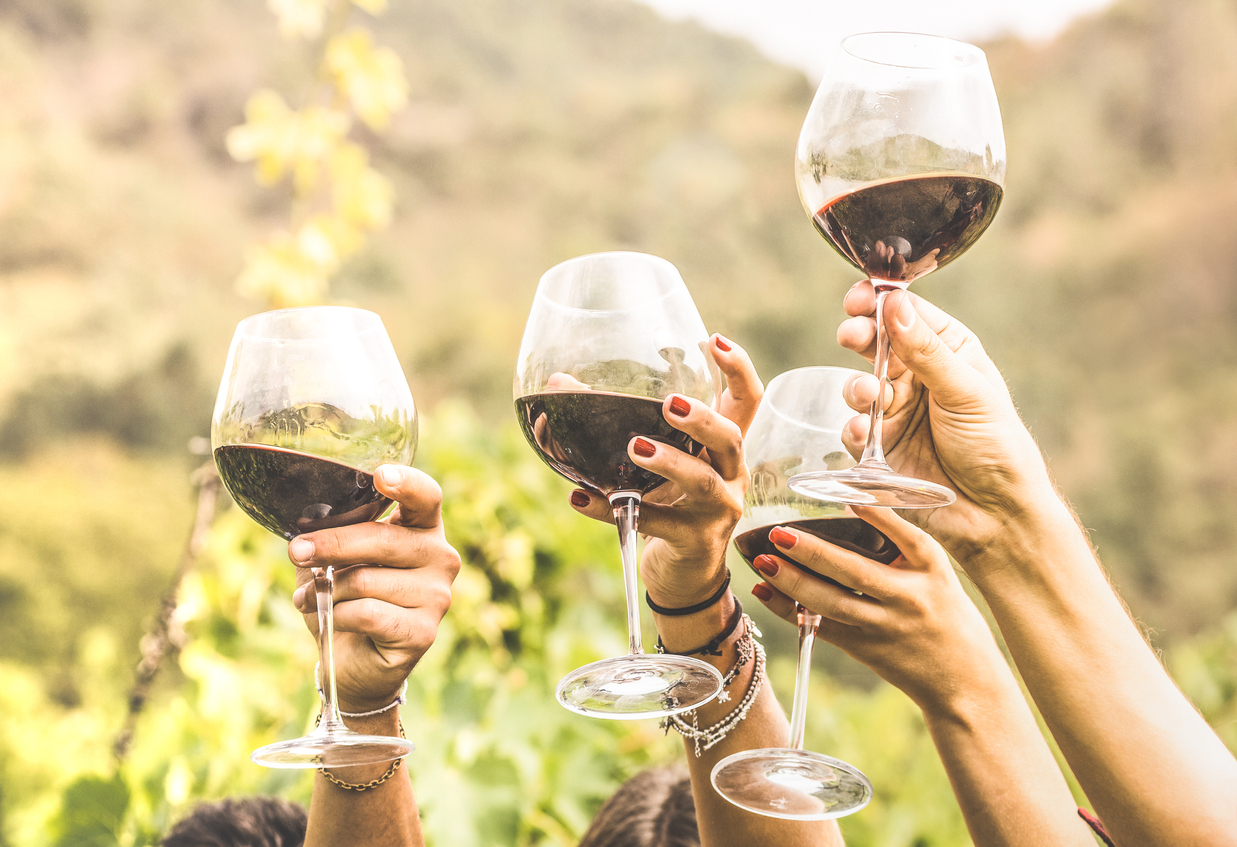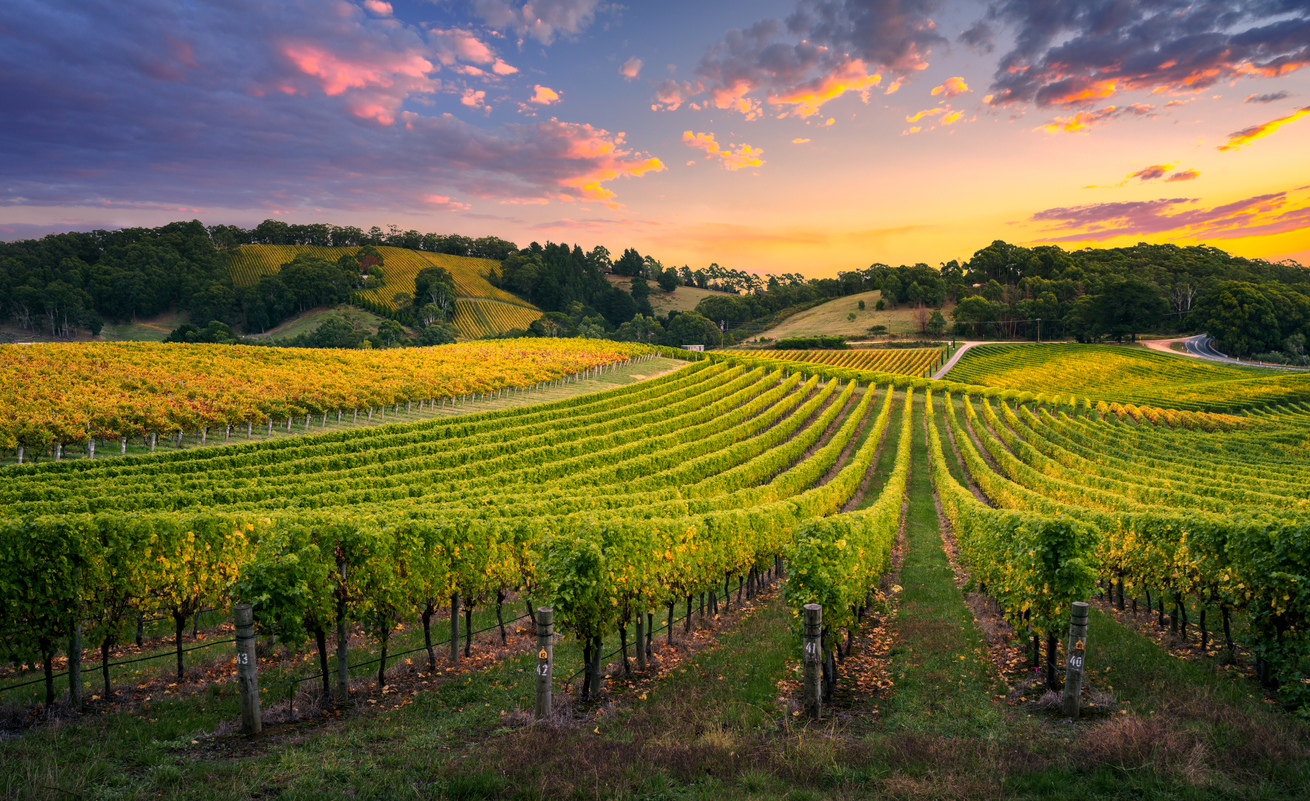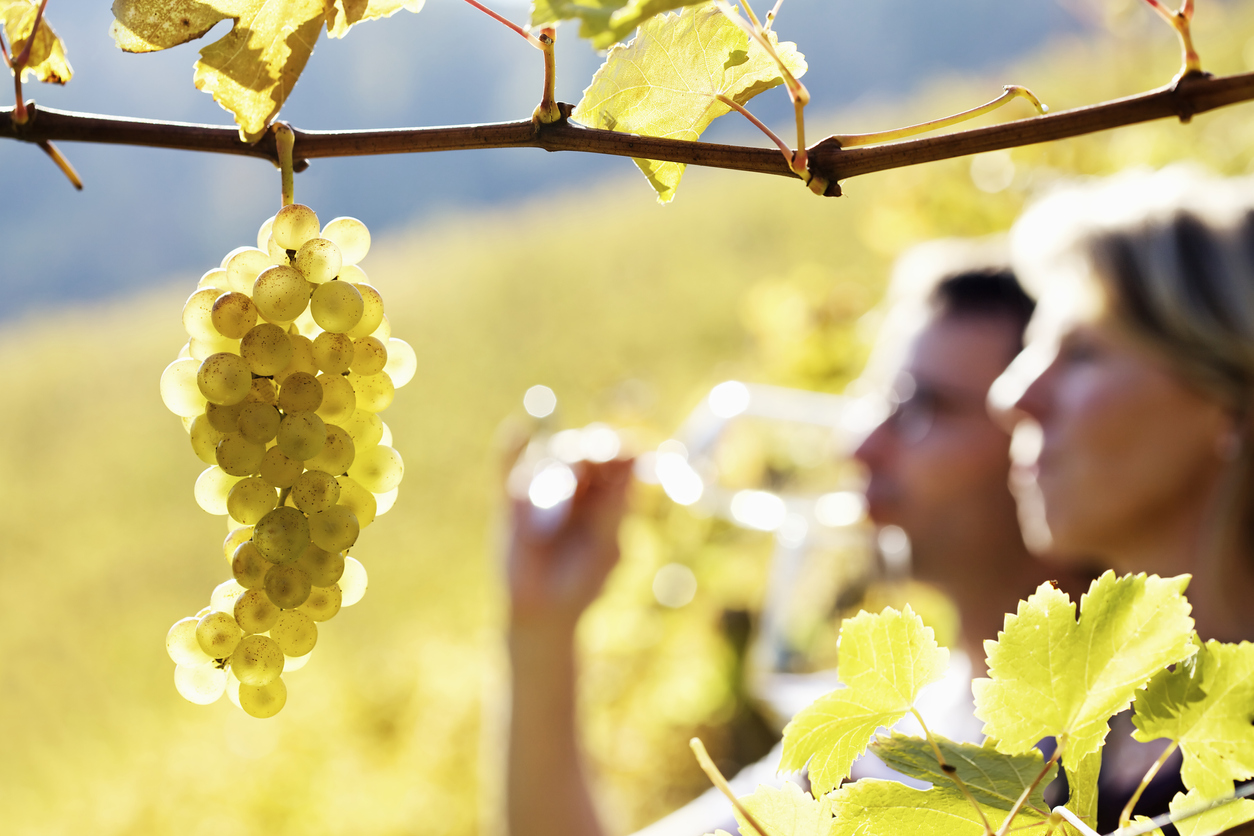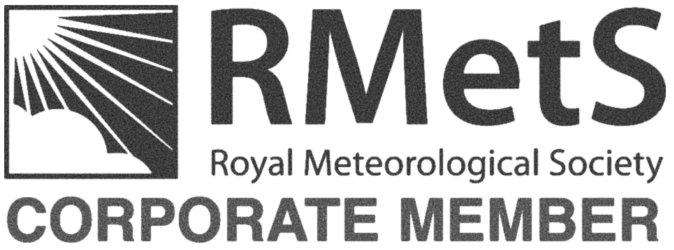The Secret Ingredient For a Sustainable Wine Industry

Posted on 16 Mar 2022
Although Mr.Fawlty may not completely understand his wine, this subtle, varied, complex and simply delicious beverage has fascinated people for millennia. The grape is well known as being the soul of the wine. Indeed, every single of the 550 grapes that go to make the average bottle of wine would have been nurtured and cared for by the grower through their short lives.
The raw ingredients to a perfect bottle of wine are well known, but the way they are grown and combined to create what some would consider liquid art can be mysterious, secretive and obscure. The future of the individual artisan winemaker, using skills passed down generations, carefully tending their vines to create what will eventually become the most subtle and beautiful of beverages is starting to be questioned.
The truth behind the multitude of traditions surrounding winemaking and drinking have often been lost to time; It is said that the practice of clinking glasses together came from the days when the poisoning of one’s fellow drinker was common - touching glasses would cause a small amount of the beverage to spill into the other’s glass, so both could be confident that they were drinking the same, safe liquid.
Challenges

Despite the Global Wine Market report of 2020 estimating the wine industry to be worth the equivalent of a staggering £250 billion in 2020, the wine industry is facing threats and challenges like no other time in its history. Global warming, in all its forms, is having a dramatic effect on the way wine is produced, and ultimately what does or does not fill our glasses.
In 2017, wildfires destroyed over 250,000 acres across the Napa valley alone, sending shockwaves through the industry. Wine producers around the world are being forced to reexamine the very fundamentals of their growing techniques. Vineyards in Niagara-on-the-Lake, Ontario, use grape varieties such as Vidal Blanc, Riesling, Cabernet Franc and Cabernet Sauvignon to create a unique ‘Ice Wine’. Legally, the grapes have to be harvested in temperatures of around -8C, which ensures that the fruit is separated from the sugars, creating a unique taste and character. Ideally the grapes go through multiple cycles of freezing and thawing that create a unique sweetness and complexity of flavor.
Warming global temperatures have had the effect of making the grapes more sensitive to temperature, especially extreme low temperatures that can decimate a crop. Data shows that in 1977 there was a window of 26 days below the -8c value where the crop could be harvested, by 2007 this window had dropped to a mere three days. This has meant that the traditional hand-picking of a 50-acre harvest was no longer practical, and growers are forced to resort to machine picking.
It is not just Canadian vineyards that have had to modify their traditional methods of winemaking, those as diverse as central Mexico have had an increasing challenge from solar radiation, and have had to use their ingenuity to repurpose hail shields to protect their crops from the harsh sunlight. Here, if the grapes are not allowed to ‘sweat’, they run the risk of a completely failed harvest.
Moving Forward

The effect of changing climate has had a significant impact on the way many winegrowers are planning for their future. Futuristic, and some may say concerning research is being conducted at the University of California’s Davis’ solar-powered, zero carbon emission research facility into the viability of producing wine without the need for electricity, water or perhaps even soil. Some have even predicted that wine may not be produced from grapes at all, instead using technologies developed to produce molecular engineered beef to create a synthetic, grape-free vino.
The complex and expensive process of actually producing the wine is being re-examined. Many growers are outsourcing their wine production, freeing them from the ever increasing need for capital investment in the latest machinery, and focussing on the basics of grape, vine and terroirs.
Winegrowers are also looking at their overall business practices. The run-down barn at the bottom of the hill is being transformed into a visitor center and marketing suite, extolling the care and thought that the grower invests in their art.
Intrepid wine-loving entrepreneurs have started to take a leaf from the beer brewer’s marketing almanac, and start their own city center wine experience spaces. Unfortunately some find it difficult to take root, as could be seen by London’s Vineopolis, which closed its doors to its 10,000 square meter space for good in 2015.
Wine marketers are increasingly targeting those drinkers simply looking for a pleasantly tasting bottle of wine at the £8 to £12 price range, and who place more emphasis on the overall quality of the product (including label), than the nuances of the vintage. Those that do prefer to delve deeply into the subtleties of the appellation will be forced to pay more for their passion.
The Machine Learning Revolution

Winegrowers have always been versatile. Family vineyard owners use handwritten notebooks handed down generations to explain the nuances of weather, grape and soil. Some vineyard owners even have their own unique way of measuring their microclimate, using a bucket of water to gauge evaporation over time. Others have purchased their own weather station, used to monitor the microclimate around the grapes.
Effective as these methods may be, new global winegrowers are switching their attention to what is proving to be a valuable combination of new technologies - weather Application Programming Interfaces (APIs) and Machine Learning.
Machine Learning, previously only available to a select few data scientists using eye-wateringly expensive supercomputers, is now accessible to anyone. For the cost of a half-decent bottle of Chablais, wine growers can tap into a wide variety of machine learning tools offered by major organisations. These packages can be adapted to the specific requirements of the individual grower.
Like the grapes on the vines, the machine learning tools need to be nurtured and fed to grow and develop. Unlike the grapes on the vine however, their food is data. It is the weather APIs that supply this data.
About OpenWeather:
At OpenWeather, we create highly recognisable weather products, aimed at the needs of our customers, that make working with weather data effective and straightforward
The wide variety of these out-of-the-box products work across a multitude of enterprises, and include forecast, observation and historic information for any global location. Our industry-standard, fast, reliable APIs streamline flexible integration with enterprise systems. Our pricing and licensing is transparent.
The OpenWeather Numerical Weather Prediction (NWP) Model allows us to calculate weather for any location. We use our proprietary convolutional neural network that collects and processes a wide range of data sources for any location, including the nuances of local climate.
It is this ability to understand the weather, its vagaries, complexities and subtleties that brings achieving that elusive terroirs closer than ever before.
A winegrower may decide to use their own mini meteorological station to measure the subtleties of their own microclimate (or indeed a bucket of water). However this will only measure a few parameters in a single part of a vineyard. By using an OpenWeather product, information for all areas of a vineyard can be understood and compared, without the maintenance involved with sustaining the sometimes delicate weather station apparatus.
Wine growing has always been a unique industry; combining passion, art, knowledge, history and a large dose of luck. New data technologies would never reduce the skills needed to create that elusive perfect bottle of wine, though they may make the industry's future more sustainable and secure for years to come.
Further reading about the wine industry, the challenges it faces, and opportunities that the changing patterns of weather present can be found on the OpenWeather blog here.
For sources of information contained in this article, please see the London School of Economics, and for further information on the wonderful world of wine, Vineopols have a wealth of information.





